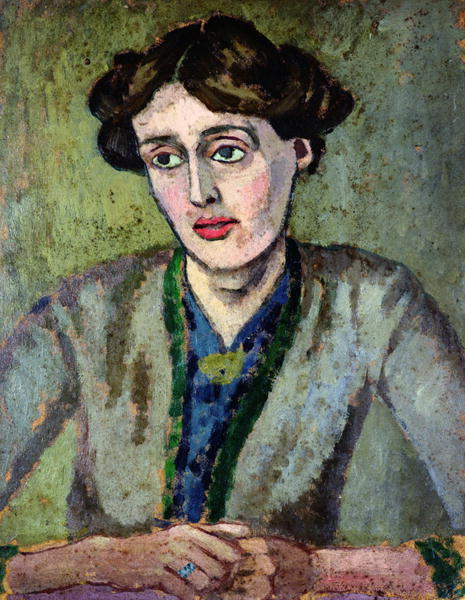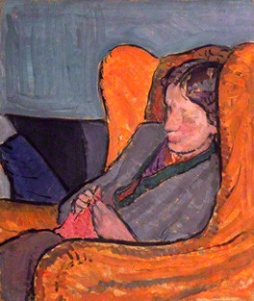I titled our blog Writing on Women Writers to impress upon you all the important place your own writing has in the world. This blog is open to the public, and may or may not receive interest beyond our class. But you will be writing for an audience of your peers, so please approach this blog as a place to share your writing skills in the form of polished, academic observations. Polished, academic writing is also creative in its production and presentation of new thoughts and ideas, connected to the community of other literary students and critics who respond to women’s literature, and responsible in its demonstration of academic integrity. I look forward to reading your work throughout the semester, and helping guide you in your development as skilled, creative, connected, and responsible writers.
The first writer we study will be Virginia Woolf. Known for her ground-breaking novels, she was also a prolific essayist and kept a rich and detailed diary throughout her writing life. Her book-length essay, A Room of One’s Own, has been characterized as one of the first works of feminist literary criticism, or in less high falutin’ terms, writing about women writers. I’ve included a famous image of Virginia Woolf, painted by her sister, Vanessa Bell, on the right menu of our blog page, which will remain there throughout the course as a reminder of Woolf’s role as a major woman writer and also as an example of the connections between women writers and women artists in general. You can read about its re-entry into the public sphere in 2004 in The Guardian, a well-known British newspaper.
Here are a few other images of Woolf, one by Roger Fry and a second by Bell.
While reading Woolf, it’s important to place her in the context of the Bloomsbury Group, of which Vanessa was a member. The group combined writers, painters, dancers, economists, and philosophers of various ilks, who would gather to exchange ideas and debate politics during the period of literary, artistic, and cultural production characterized by Modernism.
Whenever you read a writer, it’s important to think about the context in which she is writing. So for Woolf, we will talk about the period between WWI and WWII, and what it meant to be a writer during that time period, especially a woman writer. We must also consider her location in London, England, and her particular class background. Much has been written on Woolf’s sexuality as well, and how these realities impact the role of the writer are issues that this course will address.
I’ve written this post as a model for you to consider. Note how I have created links to pertinent contextual information on the internet that enhances the subject I am addressing. You can learn a great deal more about Woolf, and about Bell, Fry, and the Bloomsbury Group–and the Modernist Period in general–by following those links–which you should do as you read this post and the blog posts of your classmates. I have inserted images as well.
Another element of blog posts that I will be looking for is digital media in the form of video, music, podcasts, audio, or any other rich media that informs our understanding of the writer you are writing about, and increases the teaching presence of your post. Here is one example. It’s a recording of Vanessa Bell commenting on a memory of Virginia Woolf from their childhood, in which Woolf reflects on whether she likes her mother or her father better. Bell uses the anecdote to illustrate a critical habit of mind in Woolf that she did not have at that young age.
To insert digital media, click on the ‘Add Media’ button above your text field in the new post screen on WordPress. From there, select image, video, audio, etc. You can insert from a file saved on your computer, or by copying and pasting in a URL–such as from YouTube.
There are many other video and audio options out there, even for an early 20th-century writer. As the writers are more contemporary, your options for including digital content will abound.
Finally, always choose a category for your post. The categories are listed to the right of your post screen, on the bottom. Scroll down to find the most pertinent category for what you’re writing about in your post. Most of the categories are on individual writers, but I did create some group categories when there were more than three or four writers assigned on a day–such as when we’re reading poets.
Happy Blogging!
Adrienne


